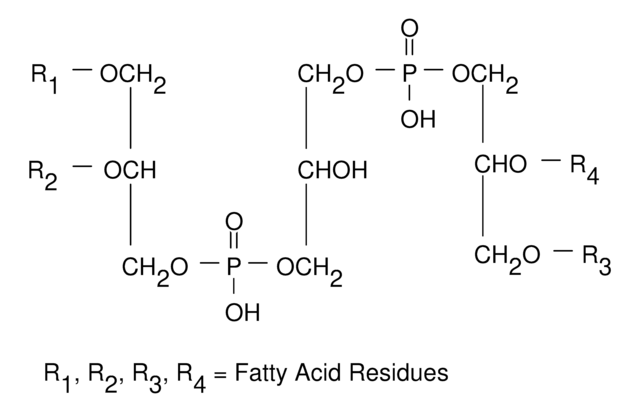F6257
Anti-Mouse IgG (whole molecule)–FITC antibody produced in sheep
affinity isolated antibody, buffered aqueous solution
Synonym(s):
Sheep Anti-Mouse IgG (whole molecule)–Fluorescein isothiocyanate
About This Item
Recommended Products
biological source
sheep
Quality Level
conjugate
FITC conjugate
antibody form
affinity isolated antibody
antibody product type
secondary antibodies
clone
polyclonal
form
buffered aqueous solution
technique(s)
direct immunofluorescence: 1:32
storage temp.
2-8°C
target post-translational modification
unmodified
Looking for similar products? Visit Product Comparison Guide
General description
Anti-Mouse IgG (whole molecule)-FITC antibody is specific for all mouse IgG subclasses. Affinity isolated antigen specific antibody is obtained from sheep anti-mouse IgG antiserum by immunospecific purification. The antibody preparation is then conjugated to Sigma Fluorescein Isothiocyanate (FITC), Isomer I.
Immunogen
Application
Physical form
Disclaimer
Not finding the right product?
Try our Product Selector Tool.
Storage Class Code
10 - Combustible liquids
WGK
nwg
Flash Point(F)
Not applicable
Flash Point(C)
Not applicable
Choose from one of the most recent versions:
Already Own This Product?
Find documentation for the products that you have recently purchased in the Document Library.
Customers Also Viewed
Articles
In the midst of beeping lab timers, presentations and grant deadlines, it is easy to take for granted the quality of lab reagents.
Our team of scientists has experience in all areas of research including Life Science, Material Science, Chemical Synthesis, Chromatography, Analytical and many others.
Contact Technical Service










